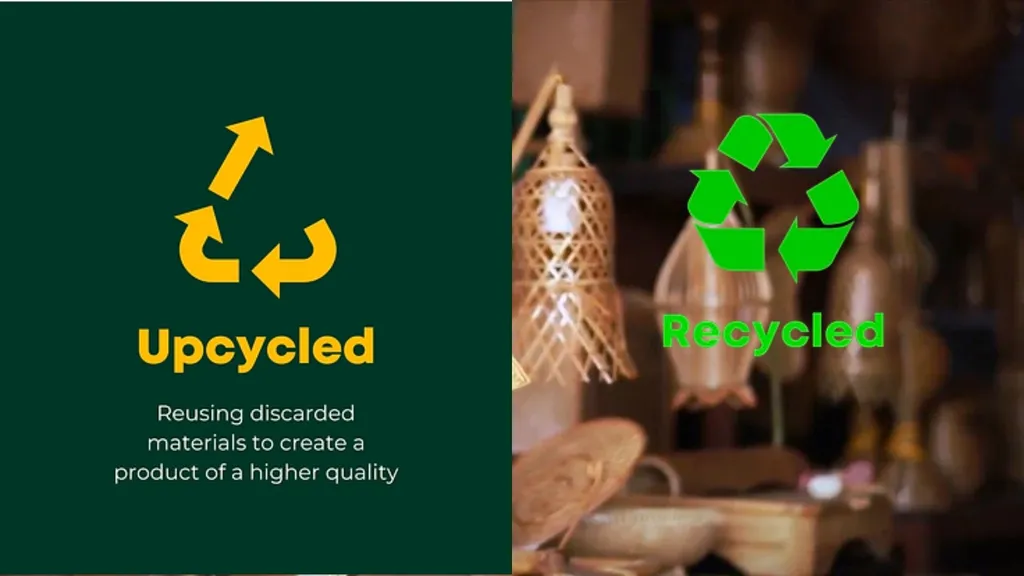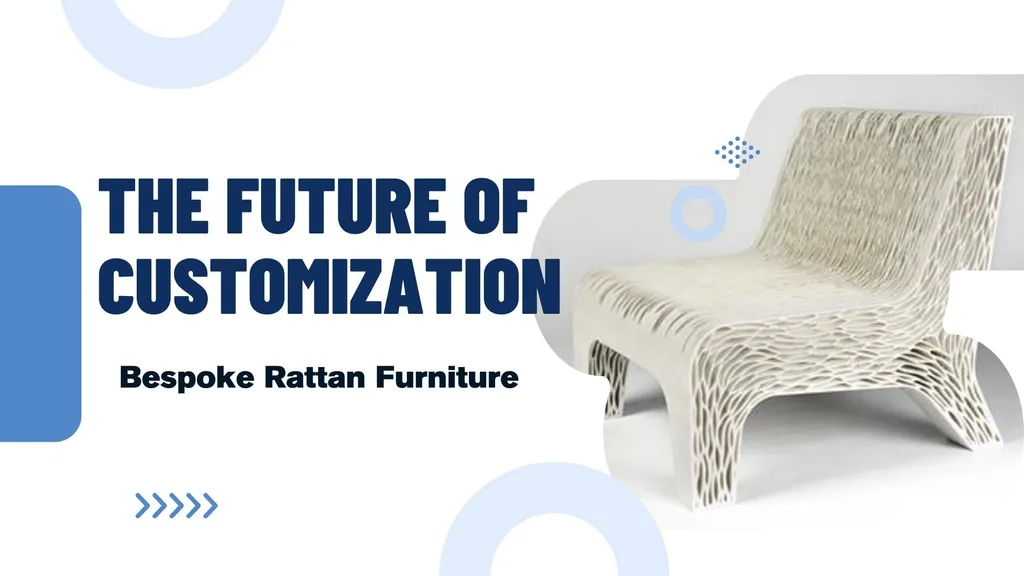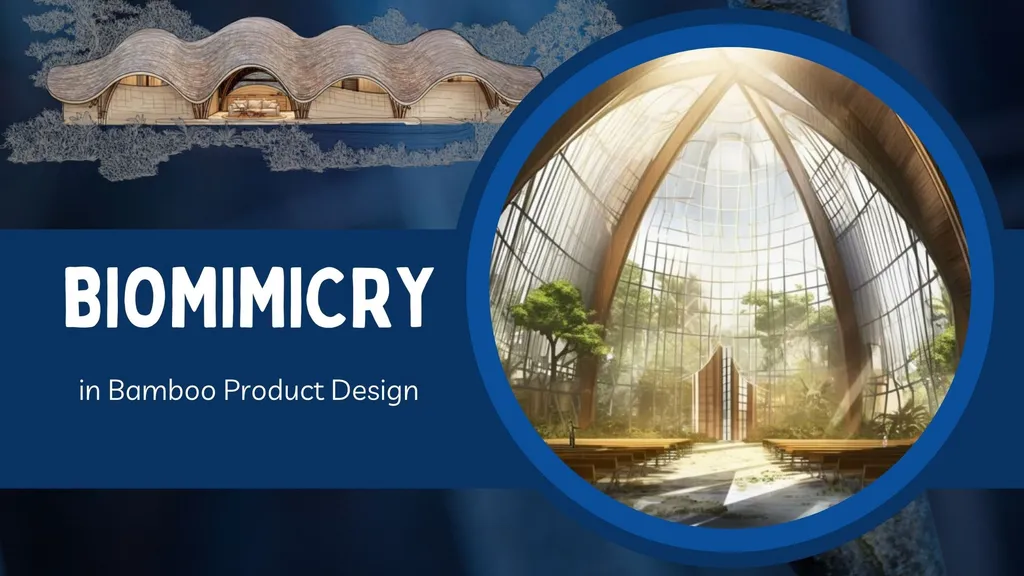
In today’s push for sustainability, the bamboo and rattan industry shines as a leader in eco-friendly practices through upcycling and recycling. These renewable materials, celebrated for their versatility, are driving innovative solutions that balance environmental care with economic growth. From artisanal crafts to sustainable construction materials, bamboo and rattan waste is being transformed into valuable products, reducing environmental impact and inspiring greener living. This blog explores how upcycling and recycling are reshaping the industry, their benefits, challenges, and future potential.
Why Upcycling and Recycling Matter
Upcycling and recycling are key to sustainable development in the bamboo and rattan industry. Upcycling turns waste into high-value products, like transforming discarded bamboo into stylish furniture, sparking creativity while cutting reliance on new resources. Recycling, on the other hand, reprocesses materials for reuse, reducing deforestation and waste. Both practices support a circular economy, preserve ecosystems, and leverage bamboo’s natural carbon-absorbing properties to combat climate change, creating a foundation for a greener future.
Creative Upcycling Methods
The industry showcases innovation by upcycling bamboo and rattan into stunning products. Spare fibers become unique furniture pieces, blending modern design with traditional craftsmanship. Artisans also craft decorative items, preserving cultural heritage while promoting sustainability. These methods reduce the need for fresh timber, inspire eco-conscious designs, and empower local economies by creating marketable, high-value goods.
Recycling Techniques for Sustainability
Recycling in the bamboo and rattan industry extends material lifecycles through techniques like reprocessing waste into mulch or composite materials for construction. Composting end-of-life products returns nutrients to the soil, supporting biodiversity. These methods conserve resources, reduce landfill waste, and enhance carbon sequestration, making the industry a model for sustainable practices worldwide.
Environmental and Economic Benefits
Upcycling and recycling bamboo and rattan significantly cut waste, easing landfill pressures and conserving resources. By repurposing materials, the industry reduces deforestation and boosts biodiversity. Bamboo’s carbon sequestration abilities further aid climate change mitigation. Economically, the $60 billion bamboo sector supports 2.5 billion livelihoods globally, especially in developing regions. Recycling creates jobs, from crafting sustainable furniture to producing biochar, driving economic resilience and sustainability.
Challenges to Overcome
Despite their promise, upcycling and recycling face hurdles. Inconsistent supply chains make it hard to source materials reliably. Consumer skepticism about the quality of recycled products can limit market acceptance. Technical and financial barriers, like the high cost of setting up recycling facilities, also pose challenges. Stronger regulations and incentives are needed to encourage wider adoption and overcome these obstacles.
The Future of Bamboo and Rattan
The future looks bright as technology and consumer demand drive innovation. Automation and circular economy principles will improve waste management and product longevity. Growing eco-awareness is expanding the market for upcycled and recycled goods, creating new opportunities. Supportive policies and public education will further accelerate these trends, positioning bamboo and rattan as cornerstones of sustainable development.
A Call to Action
The bamboo and rattan industry proves that sustainability and economic growth can go hand in hand. By embracing upcycling and recycling, we can reduce waste, protect ecosystems, and create thriving communities. Companies like Ethical Handicraft Manufacturer (EHM) are leading the way, crafting eco-friendly products that inspire change. Let’s support these efforts for a greener, more sustainable tomorrow.




